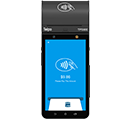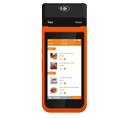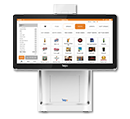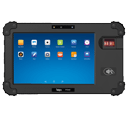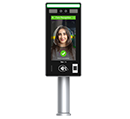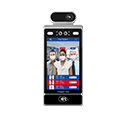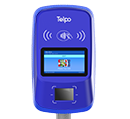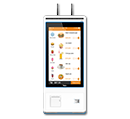Industry Analysis | The Difference of Face Payment In Bus And Subway
With the innovation and development of Fintech, QR code payment is gradually popularized and face recognition payment draws public attention. Mobile payment starts next stage competition. Driven by face recognition craze, face scan payment is extended to public transportation except for the ordinary consumption industry.
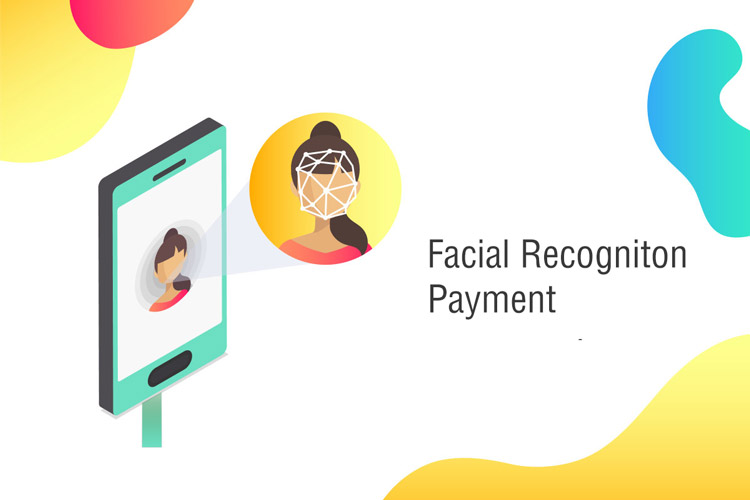
From NFC payment, QR code payment to face scan payment, public transportation has always been the last bastion of mobile payment. The current small application of face recognition payment in the public transportation field is more a microcosm of face recognition technology development in the payment field.
Bus and subway are the major representatives in public transportation, Then, what is the similarity and difference of face scan payment in bus and subway?
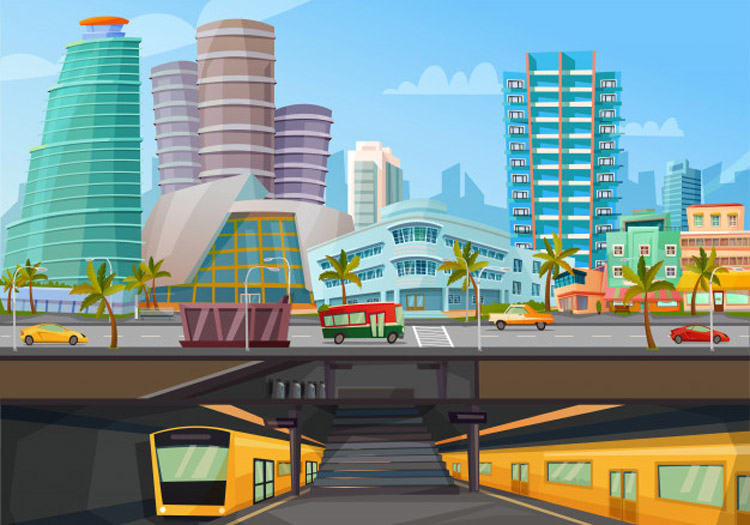
From the perspective of similar, there are the following three points.
First, 1: N face recognition technology is adopted. Face information will be collected or uploaded through App in advance, and then make a 1: N online comparison through special equipment in order to identity authentication and complete payment.
Second, real-time online face comparison is adopted. And The common difficulty of both is how to effectively improve the 1: N ratio speed. It is reported that some cases can achieve temporarily offline of the brake but fail to verify that application right now.
Third, face payment in bus and subway both expand on the basis of IC card and QR code payment. It can be seen that the NFC card and QR code payment is the basic requirements for the operator while face payment is advanced requirements.
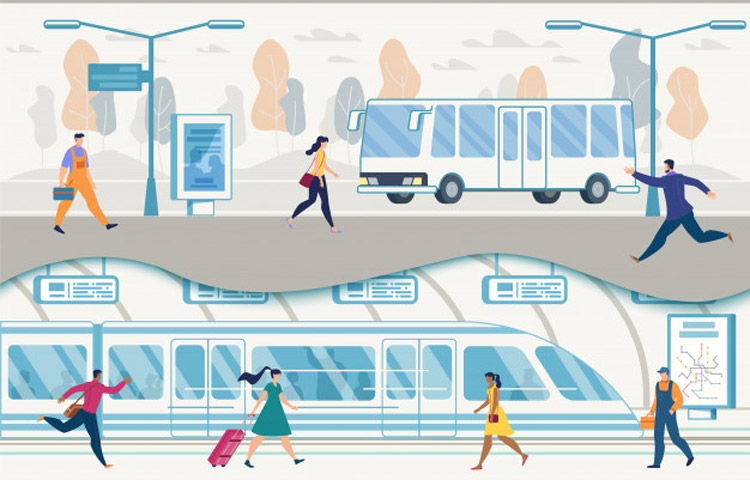
The similarity is more likely to reflect in the current technology model and development trend, while the differences are presenting in various aspects.
First, the environment is different. Different environments are mainly reflected in the external environment and network environment when accepting face recognition payment. On the one hand, public transportation is in a relatively uncertain external environment, while light, angle, passenger flow will in a certain enhance the difficulty of face scan payment. Face scan payment in the bus puts a higher demand on algorithms and technologies, while the face payment gate will relatively suitable to install due to the stable and orderly acceptance environment of the subway.
On the other hand, subway has a relatively fixed geographical environment, which can build a more stable local area network. However, the bus needs to use the 4G network for real-time communication, which will also affect the face recognition rate.
Second, different operational roles. Their operators are the subway company and the bus company respectively, while more technology providers are also involved in the face scan payment operation in some small cities.
Although face recognition technology and face information security are still controversial among consumers, these problems will be properly solved with the development of technology and industry norms. And face scan payment in public transportation such as bus and subway will be the next trend.

Tag: face payment, mobile payment, public transportation, face recognition technology, face comparison, bus, subway, real-time, 4G, NFC, QR-code
Brief Introduction: Telpo is a professional smart payment partner who focuses on the ODM service 20 years. It mainly provides the EFT-POS, cash registers, biometric devices, face recognition machines, self-service kiosks, and bus validators. Telpo has served for more than 1000 customers abroad, including government, banks, Telecom operators, police stations, Retail shops, and offices. Telpo adheres to R&D and innovation, aiming to provide more intelligent hardware for global partners.


